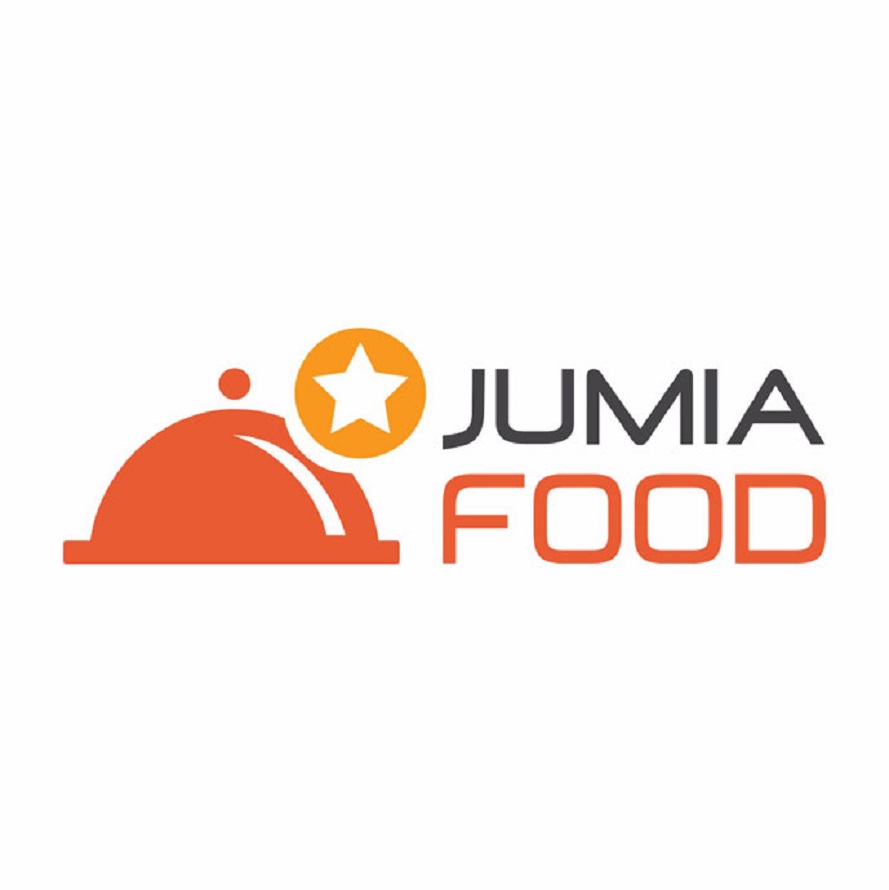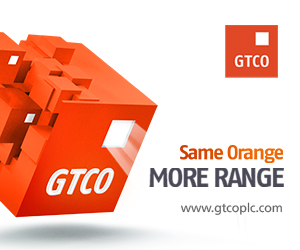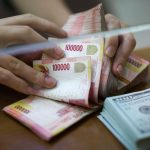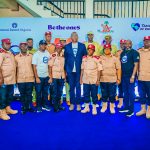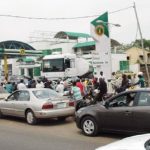World
The 6 Most Essential Kilimanjaro Stuff Things
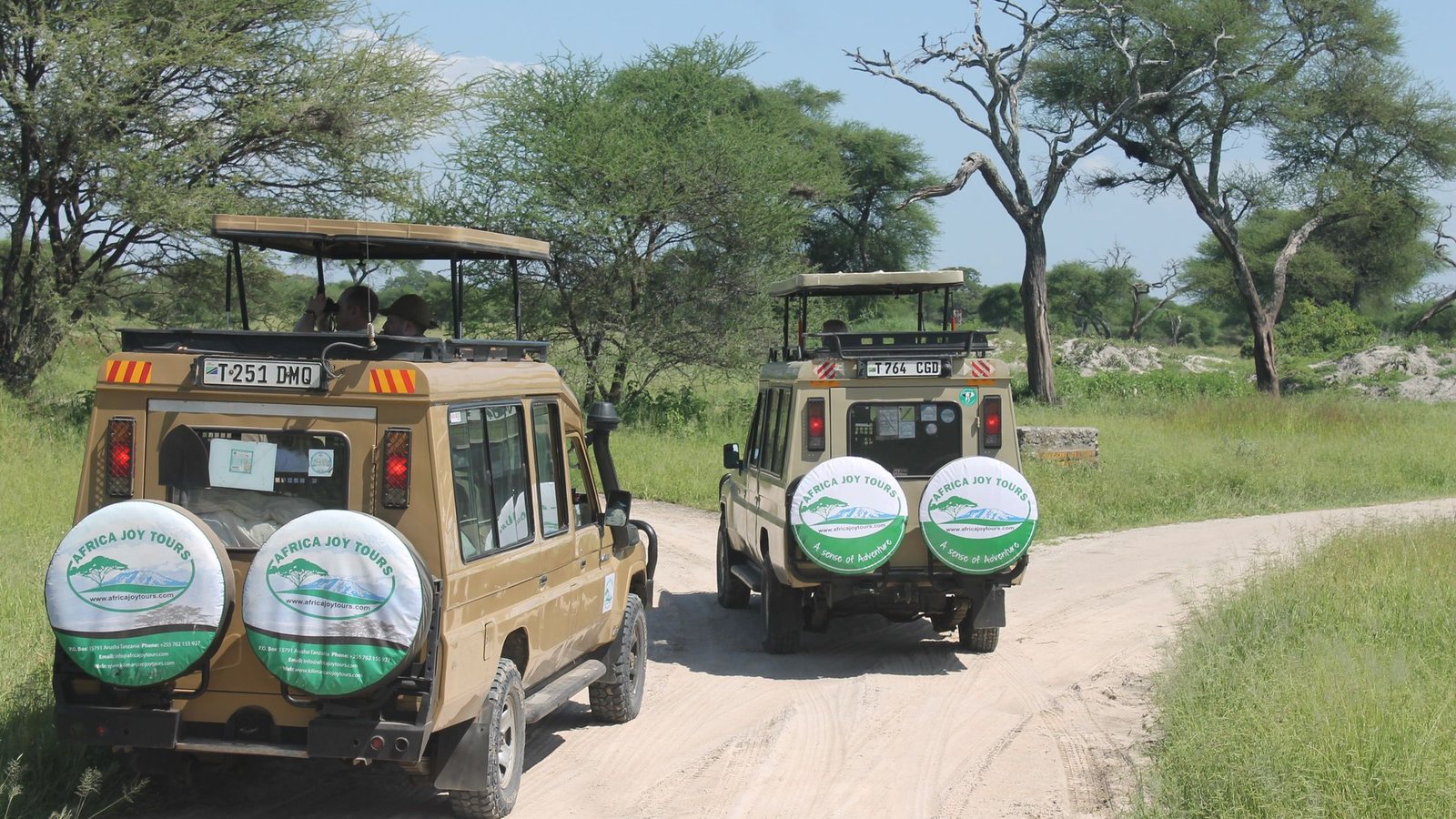
In the event that you’ve seen our stuff show, you realize there are heaps of things on it. The rundown contains discretionary, suggested and required things. However the expected things are required, there are things that are more critical than others with regards to your security, solace, and achievement.
In this article we examine the 7 most significant things on the Kilimanjaro gear list. For more information check Africa Joy Tours
With regards to choosing these pieces, you need to be particularly careful that they will finish the work.
- Knit cap
You might have heard the familiar maxim that you lose half of your body heat through your head. This assertion probably emerged from an old U.S. Armed force Field Manual that assessed fighters could lose 40% to 45% of their body heat through an unprotected head.
All things considered, a review done in 2008 showed that the familiar proverb isn’t correct.
Scientists inferred that we lose around 10% of our body heat from our heads, which appears to be legit thinking about that the head represents about a similar level of our body’s all out surface region. At the end of the day, there’s nothing especially exceptional about a revealed head versus one more uncovered body part.
In any case, you really want sufficient head security while climbing Kilimanjaro as a warm, sew cap. You lose heat in direct extent to how much uncovered skin. So conceal however much as could reasonably be expected if the weather conditions calls for it.
- Backpack
You and your knapsack will be very much familiar during your ascension.
So ensure that both of you get along.
While our watchmen transport the largest part of your stuff (in addition to the public hardware and food), you should by and by convey the things you could require during your day climbs.
What’s basic is that the pack accommodates your stuff and is agreeable when worn for significant stretches of time. Knapsacks come in various shapes and sizes. Your middle length will decide the pack size (in no way related to pack limit). It’s smart to get a pack fitted by an expert at an open air shop on the off chance that you are new to specialized packs.
Figure out how every one of the changes work. The hip belt, shoulder lashes and load lifters can be adjusted to embrace your body. At the point when a pack fits you accurately, it ought to sit on your hips, back and shoulders pleasantly which permits you to productively convey weight.
- Sleeping Pack
Have you at any point rested in a virus room with deficient sheet material?
Shuddering your method for resting is hopeless.
As a matter of fact, getting a decent night’s rest under these circumstances is almost unimaginable. Furthermore, whether it’s your bed or for this situation, your tent, you need to keep a lovely internal heat level however long the night might last.
Assuming that a lacking hiking bed keeps you from resting soundly, it’s additionally weakening your recuperation and acclimatization. That is getting yourself in a position for disappointment superfluously. So a warm hiking bed is basic.
We lease hiking beds that are evaluated – 30F/ – 1C. It’s not outright that your pack should be this warm. A few climbers truly do fine with 0F/ – 18C hiking beds. In any case, we unequivocally deter bringing camping beds evaluated above 20F/ – 7C. Your smartest option is to decide in favor warmth.
- Hiking Boots or Shoes
Ponder the number of steps you that take on a multi-day climb. It’s an unfathomable number. Clearly your footwear should be utilitarian for the long stretch.
Certain individuals buy their boots without a second to spare. They don’t have time break them in or test them out completely before their trip, just to figure out on the very beginning that they don’t accommodate their feet very right. It’s a difficult method for scaling a mountain. Stay away from this misstep.
Whether or not you decide to utilize boots or shoes (both are adequate), you need to be certain that they won’t cause rankles. So train with them. Take them out on drawn out day climbs or even better wear them on trails for a few successive days.
- Waterproof Coat
our should be ready for downpour. The climate on Kilimanjaro can change at whenever. It tends to be bright and delightful one moment and breezy and coming down the following.
Keeping your apparel dry isn’t just for your solace. Water pulls heat away from your body rapidly. So being wet, even in somewhat cool temperatures, can prompt hypothermia, which can be lethal.
To this end downpour gear is so basic to your trip. It capabilities by keeping you dry and warm. Quality downpour coats are both waterproof and breathable. It prevents water from infiltrating the shell yet additionally permits body intensity and dampness to get away. Elastic downpour coats are waterproof, yet they’re not breathable. You’ll probably wind up doused from sweat rather than downpour – which is similarly terrible.
- Insulated Coat
It ought not to be a shock to anybody that Kilimanjaro is cold.
In the nights, it tends to be crisp even at the lower rises. During the evening culmination endeavor, it is consistently somewhere in the range of 0F and 20F (- 18C and – 7C) degrees, however it might in fact be underneath 0F/ – 18C. What’s more, in light of the fact that the path to the pinnacle is through uncovered territory, you can likewise anticipate some freezing mountain whirlwinds.
We have had a few clients who were truly ready to keep climbing, yet needed to pivot since they couldn’t persevere through the virus. What’s more, that is a disgrace.
Your most rock solid weapon against the virus is your down coat. So you need something that can keep you warm in the most outrageous circumstances. Flimsy down coats and “down sweaters” are inadequate for this reason. Focus on the fill power and fill weight. Furthermore, ensure it has a hood.
World
Comviva Wins at IBSi Global FinTech Innovation Award
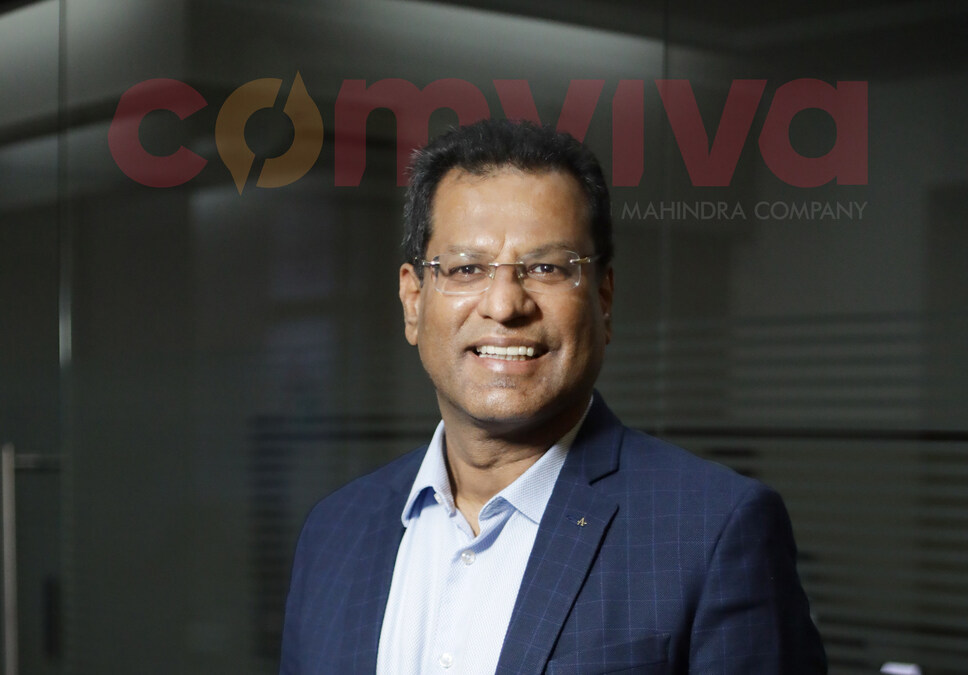
By Modupe Gbadeyanka
For transforming cross-border payments through its deployment with Global Money Exchange, Comviva has been named Best In-Class Cross Border Payments.
The global leader in digital transformation solutions clinched this latest accolade at the IBS Intelligence Global FinTech Innovation Award 2025.
The recognition highlights how Comviva’s mobiquity Pay is helping shape a modern cross-border payment ecosystem that stretches far beyond conventional remittance services.
Deployed as a white label Wallet Platform and launched as Global Pay Oman App, it fulfils GMEC’s dual vision—positioning itself as an innovative payment service provider while digitally extending its core money transfer business.
The solution allows GMEC to offer international money transfers alongside seamless forex ordering and other services. These capabilities sit alongside a broad suite of everyday financial services, including bill and utility payments, merchant transactions, education-related payments, and other digital conveniences — all delivered through one unified experience.
“This award is a testament to Oman’s accelerating digital transformation and our commitment to reshaping how cross-border payments serve people and businesses across the Sultanate.
“By partnering with Comviva and bringing the Global Pay Oman Super App, we have moved beyond traditional remittance services to create a truly inclusive and future-ready financial ecosystem.
“This innovation is not only enhancing convenience and transparency for our customers but is also supporting Oman’s broader vision of building a digitally empowered economy,” the Managing Director at Global Money Exchange, Subromoniyan K.S, said.
Also commenting, the chief executive of Comviva, Mr Rajesh Chandiramani, said, “Cross-border payments are becoming a daily necessity, not a niche service, particularly for migrant and trade-linked economies.
“This recognition from IBS Intelligence validates our focus on building payment platforms that combine global reach with local relevance, operational resilience and a strong user experience. The deployment with Global Money Exchange Co. demonstrates how mobiquity® Pay enables financial institutions to move beyond remittances and deliver integrated digital services at scale.”
“The deployment of mobiquity Pay for GMEC showcases how scalable, API-driven digital wallet platforms can transform cross-border payments into seamless, value-rich experiences.
“By integrating remittances, bill payments, forex services, and AI-powered engagement into a unified Super App, Comviva has reimagined customer journeys and operational agility.
“This Best-in-Class Cross-border Payments award win stands as a testament to Comviva’s excellence in enabling financial institutions to compete and grow in a digitally convergent world,” the Director for Research and Digital Properties at IBS Intelligence, Nikhil Gokhale, said.
World
Russia Renews Africa’s Strategic Action Plan
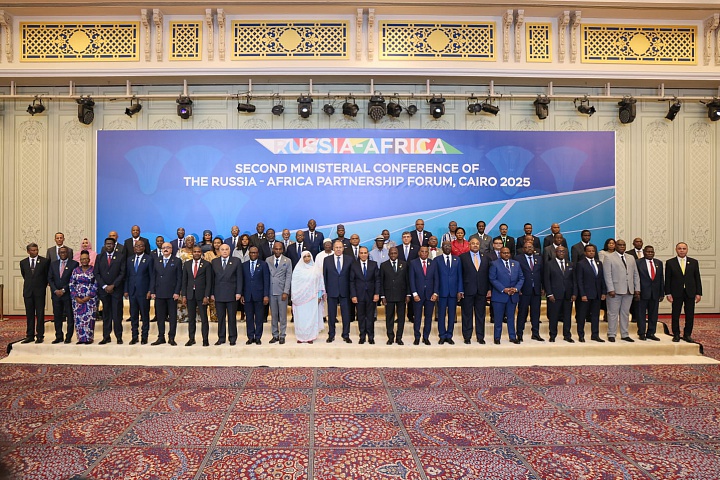
By Kestér Kenn Klomegâh
At the end of an extensive consultation with African foreign ministers, Russian Foreign Minister, Sergey Lavrov, has emphasized that Moscow would advance its economic engagement across Africa, admittedly outlining obstacles delaying the prompt implementation of several initiatives set forth in Strategic Action Plan (2023-2026) approved in St. Petersburg during the Russia-Africa Summit.
The second Ministerial Conference, by the Russian Foreign Ministry with support from Roscongress Foundation and the Arab Republic of Egypt, marked an important milestone towards raising bilateral investment and economic cooperation.
In Cairo, the capital city of the Arab Republic of Egypt, Lavrov read out the final resolution script, in a full-packed conference hall, and voiced strong confidence that Moscow would achieve its strategic economic goals with Africa, with support from the African Union (AU) and other Regional Economic blocs in the subsequent years. Despite the complexities posed by the Russia-Ukraine crisis, combined with geopolitical conditions inside the African continent, Moscow however reiterated its position to take serious steps in finding pragmatic prospects for mutual cooperation and improve multifaceted relations with Africa, distinctively in the different sectors: in trade, economic and investment spheres, education and culture, humanitarian and other promising areas.
The main event was the plenary session co-chaired by Russian Foreign Minister Sergey Lavrov and Egyptian Minister of Foreign Affairs, Emigration, and Egyptians Abroad Bashar Abdelathi. Welcome messages from Russian President Vladimir Putin and Egyptian President Abdelhak Sisi were read.
And broadly, the meeting participants compared notes on the most pressing issues on the international and Russian-African agendas, with a focus on the full implementation of the Russia-Africa Partnership Forum Action Plan for 2023-2026, approved at the second Russia-Africa Summit in St. Petersburg in 2023.
In addition, on the sidelines of the conference, Lavrov held talks with his African counterparts, and a number of bilateral documents were signed. A thematic event was held with the participation of Russian and African relevant agencies and organizations, aimed at unlocking the potential of trilateral Russia-Egypt-Africa cooperation in trade, economic, and educational spheres.
With changing times, Africa is rapidly becoming one of the key centers of a multipolar world order. It is experiencing a second awakening. Following their long-ago political independence, African countries are increasingly insisting on respect for their sovereignty and their right to independently manage their resources and destiny. Based on these conditions, it was concluded that Moscow begins an effective and comprehensive work on preparing a new three-year Cooperation and Joint Action Plan between Russia and Africa.
Moreover, these important areas of joint practical work are already detailed in the Joint Statement, which was unanimously approved and will serve as an important guideline for future work. According to reports, the Joint Statement reflects the progress of discussions on international and regional issues, as well as matters of global significance.
Following the conference, the Joint Statement adopted reflects shared approaches to addressing challenges and a mutual commitment to strengthening multifaceted cooperation with a view to ensuring high-quality preparation for the third Russia-Africa Summit in 2026.
On December 19-20, the Second Ministerial Conference of the Russia-Africa Partnership Forum was held in Cairo, Egypt. It was held for the first time on the African continent, attended by heads and representatives of the foreign policy ministries of 52 African states and the executive bodies of eight regional integration associations.
World
TikTok Signs Deal to Avoid US Ban

By Adedapo Adesanya
Social media platform, TikTok’s Chinese owner ByteDance has signed binding agreements with United States and global investors to operate its business in America.
Half of the joint venture will be owned by a group of investors, including Oracle, Silver Lake and the Emirati investment firm MGX, according to a memo sent by chief executive, Mr Shou Zi Chew.
The deal, which is set to close on January 22, 2026 would end years of efforts by the US government to force ByteDance to sell its US operations over national security concerns.
It is in line with a deal unveiled in September, when US President Donald Trump delayed the enforcement of a law that would ban the app unless it was sold.
In the memo, TikTok said the deal will enable “over 170 million Americans to continue discovering a world of endless possibilities as part of a vital global community”.
Under the agreement, ByteDance will retain 19.9 per cent of the business, while Oracle, Silver Lake and Abu Dhabi-based MGX will hold 15 per cent each.
Another 30.1 per cent will be held by affiliates of existing ByteDance investors, according to the memo.
The White House previously said that Oracle, which was co-founded by President Trump’s supporter Larry Ellison, will license TikTok’s recommendation algorithm as part of the deal.
The deal comes after a series of delays.
Business Post reported in April 2024 that the administration of President Joe Biden passed a law to ban the app over national security concerns, unless it was sold.
The law was set to go into effect on January 20, 2025 but was pushed back multiple times by President Trump, while his administration worked out a deal to transfer ownership.
President Trump said in September that he had spoken on the phone to China’s President Xi Jinping, who he said had given the deal the go ahead.
The platform’s future remained unclear after the leaders met face to face in October.
The app’s fate was clouded by ongoing tensions between the two nations on trade and other matters.
-
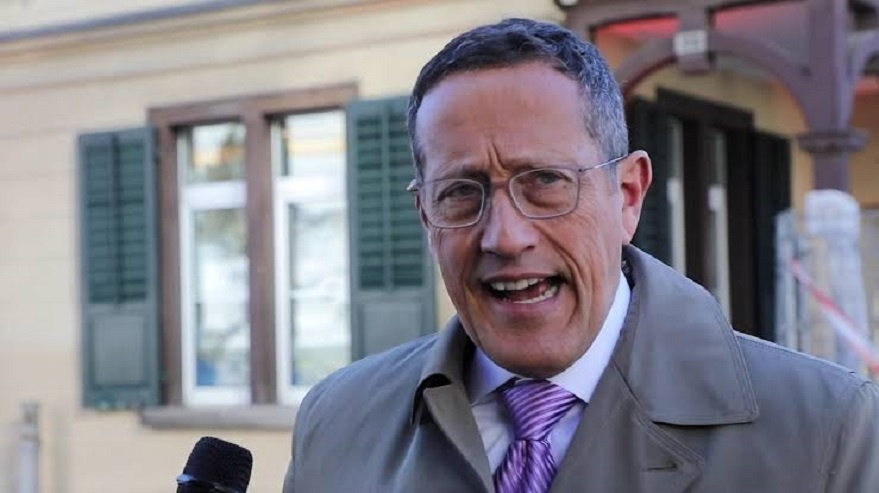
 Feature/OPED6 years ago
Feature/OPED6 years agoDavos was Different this year
-
Travel/Tourism9 years ago
Lagos Seals Western Lodge Hotel In Ikorodu
-

 Showbiz3 years ago
Showbiz3 years agoEstranged Lover Releases Videos of Empress Njamah Bathing
-

 Banking8 years ago
Banking8 years agoSort Codes of GTBank Branches in Nigeria
-

 Economy3 years ago
Economy3 years agoSubsidy Removal: CNG at N130 Per Litre Cheaper Than Petrol—IPMAN
-

 Banking3 years ago
Banking3 years agoFirst Bank Announces Planned Downtime
-

 Banking3 years ago
Banking3 years agoSort Codes of UBA Branches in Nigeria
-

 Sports3 years ago
Sports3 years agoHighest Paid Nigerian Footballer – How Much Do Nigerian Footballers Earn



